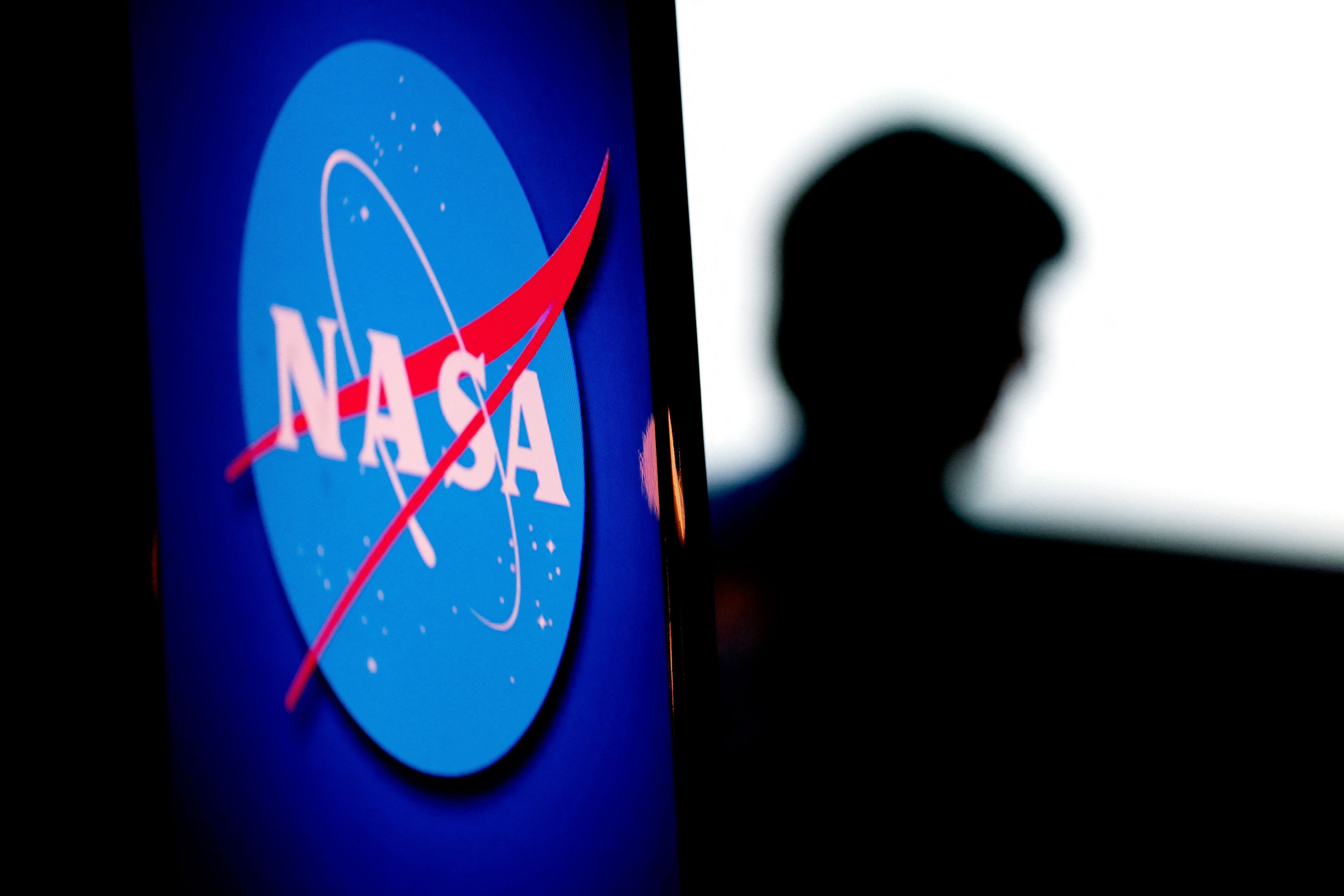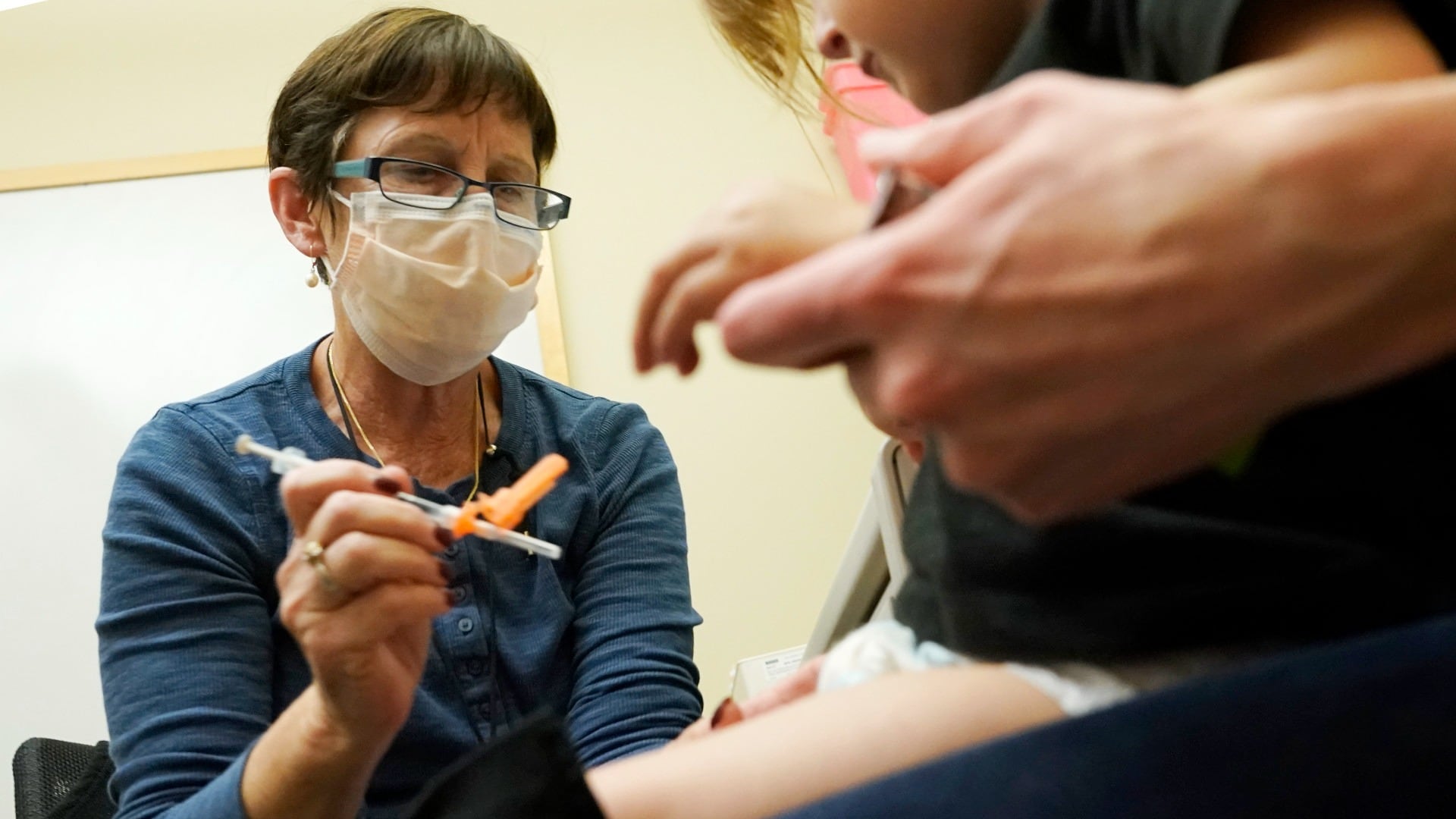By Marcia Dunn
NASA’s newest X-ray observatory rocketed into orbit Thursday to shed light on exploded stars, black holes and other violent high-energy events unfolding in the universe.
SpaceX launched the spacecraft on its $188 million mission from Kennedy Space Center. It’s called IXPE, short for Imaging X-ray Polarization Explorer.
Scientists said the observatory — actually three telescopes in one — will unveil the most dramatic and extreme parts of the universe as never before.
“IXPE is going to open a new window on the X-ray sky,” Brian Ramsey, NASA's deputy principal scientist, said this week.
Operations should begin next month. NASA is partnering with the Italian Space Agency on the project.
Once COVID-19 hit, the demand for mental health services skyrocketed, and with in-person care suspended, many turned to digital services — which led to a disturbing breach of data privacy.
Quaoar, a dwarf planet with a ring, has some astronomers scratching their heads over its much wider than expected ring system.
More details are emerging out of East Palestine, Ohio with officials discovering three additional chemicals following the Norfolk Southern train derailment and controlled burn of hazardous materials.
An Obama-era change to school lunches could be linked to a drop in childhood obesity rates, a new study suggests.
Teen girls are experiencing record levels of sadness, according to a report from the CDC.
A study by the Pew Research Center found that three in 10 Americans are single and nearly half of them are turning to dating apps to find companionship.
Seonghoon Woo, CEO of Amogy, joined Cheddar News to discuss its ammonia-powered, zero-emission semi-truck in an effort to de-carbonize transportation.
NASA is launching a scientific mission to Mars using Blue Origin's New Glenn rocket.
The CDC is recommending Covid vaccines be included in routine shots for adults and children.
A Texas judge extended a legal deadline in a case that could strip millions of women of access to abortion pills.












